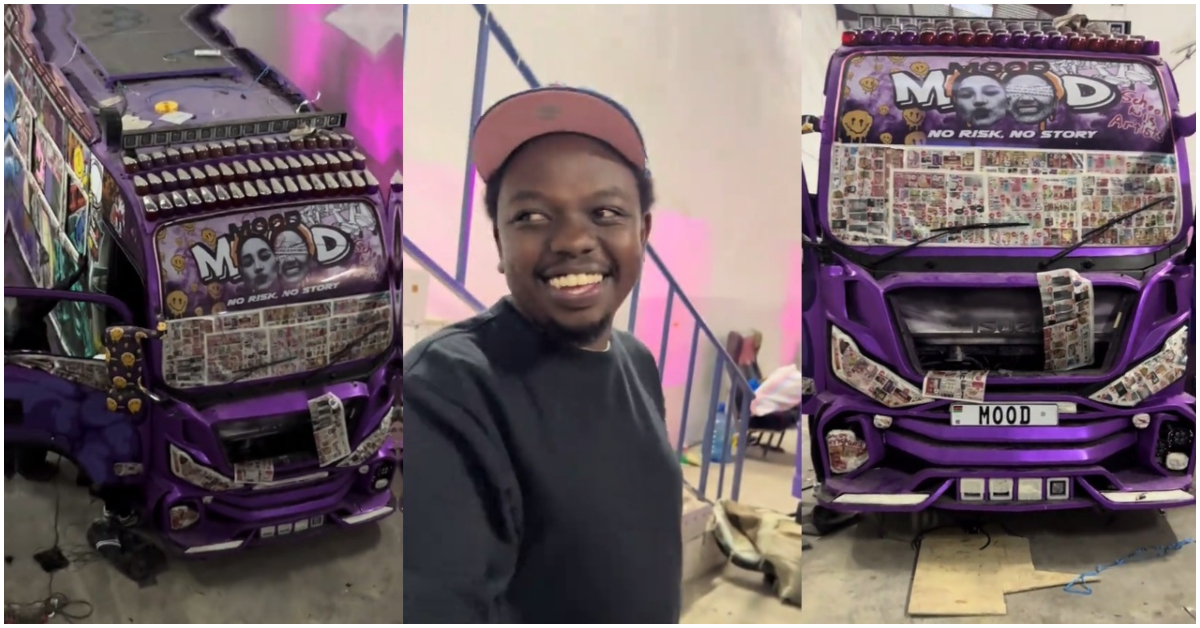While the country grapples with rising inequality and economic strain, President William Ruto’s son, George Ruto, is grabbing headlines once again—not for politics or philanthropy, but for a Sh14 million matatu that looks more like a mobile nightclub than public transport.
Dubbed Mood, the soon-to-be-launched vehicle is no ordinary commuter van. It boasts imported luxury bucket seats, 65-inch TV screens, solar panels, and even a full DJ deck positioned next to the driver—an audacious fusion of luxury, entertainment, and excess.
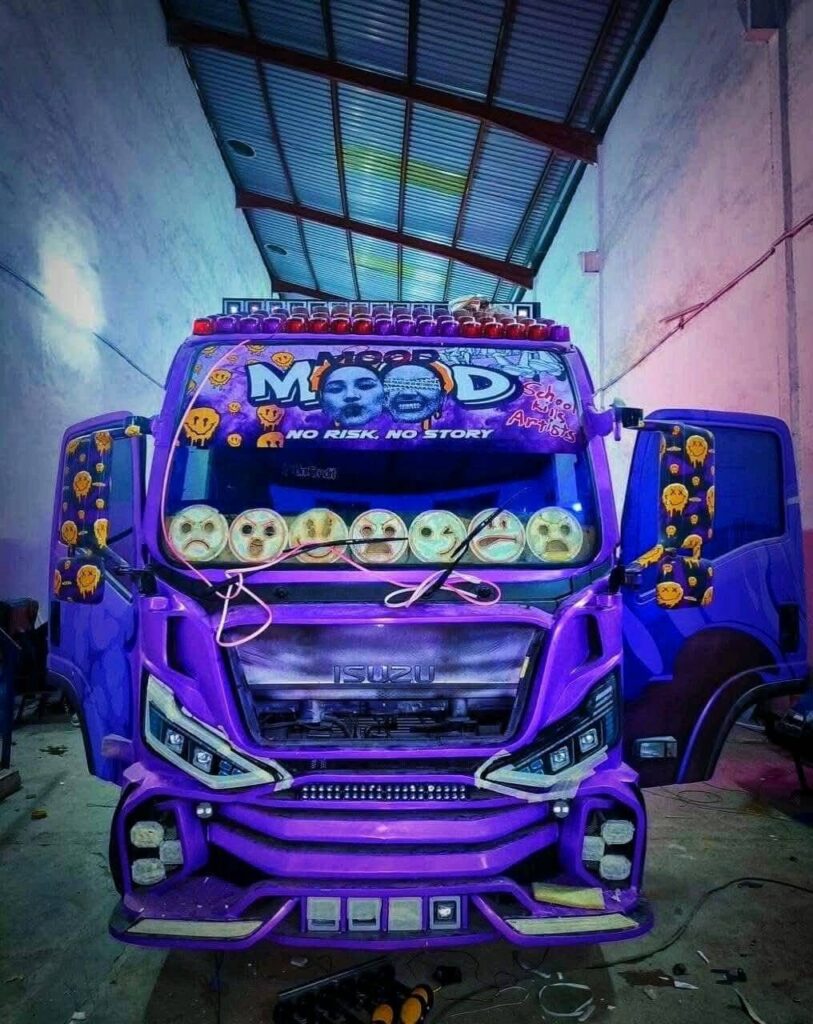
For some, it’s a symbol of entrepreneurial flair. For others, it’s an unsettling reflection of privilege in a country where millions fight for daily survival.
Sources close to George reveal he has spent weeks overseeing the customization process, ensuring that Mood delivers an unforgettable experience for Nairobi commuters—particularly those along the Embakasi and Rongai routes.
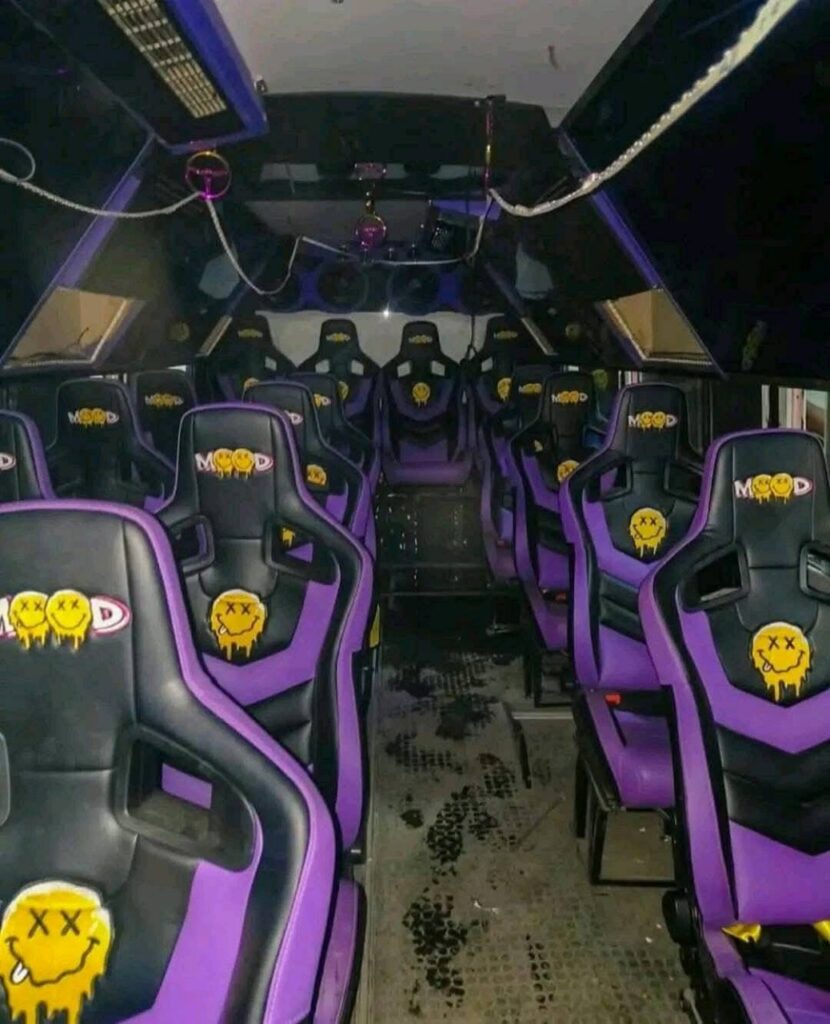
Yet even before hitting the road, the matatu is already stirring public emotion, from admiration to outrage.
Social media is abuzz with leaked photos of the vehicle’s glitzy interior, showing off its state-of-the-art features.
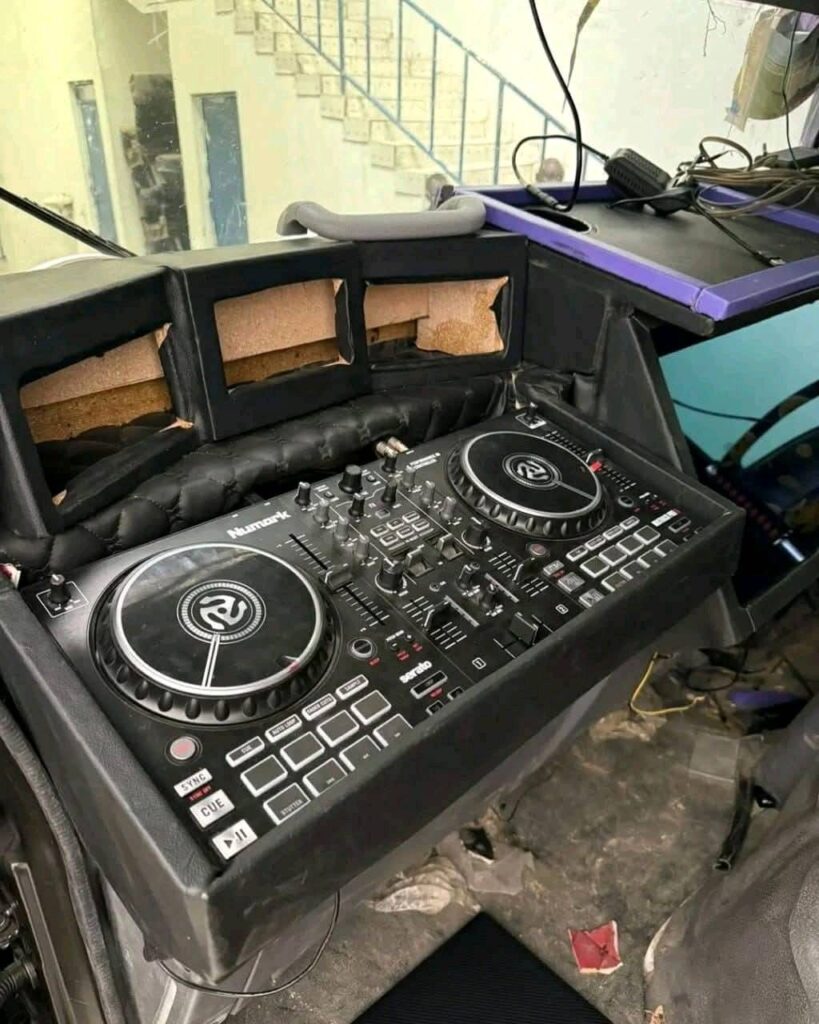
Some Nairobians say they can’t wait to board Mood for the ultimate matatu ride; others wonder aloud whether this is public service or a playground for the elite masquerading as a transport solution.
Interestingly, whispers from industry insiders suggest Mood may not even operate as a regular PSV. Instead, it may be rerouted for private hire and corporate events—further widening the gap between the symbolism of the matatu and the public it was presumably built to serve.
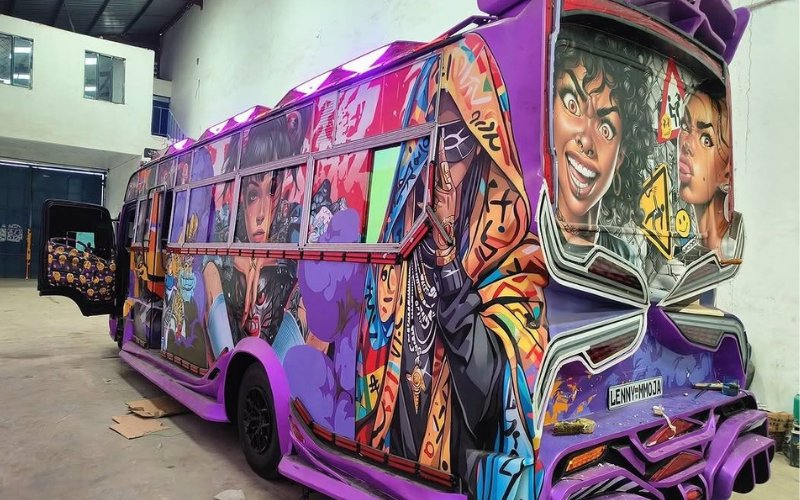
This isn’t George Ruto’s first foray into the world of flashy vehicles. His earlier matatu, Manifest, was recently pulled from the Rongai route after stirring controversy over its conduct on the road.
Now, all eyes are on Mood—not just for the spectacle it promises, but for what it represents: the meeting point of power, wealth, and public perception.
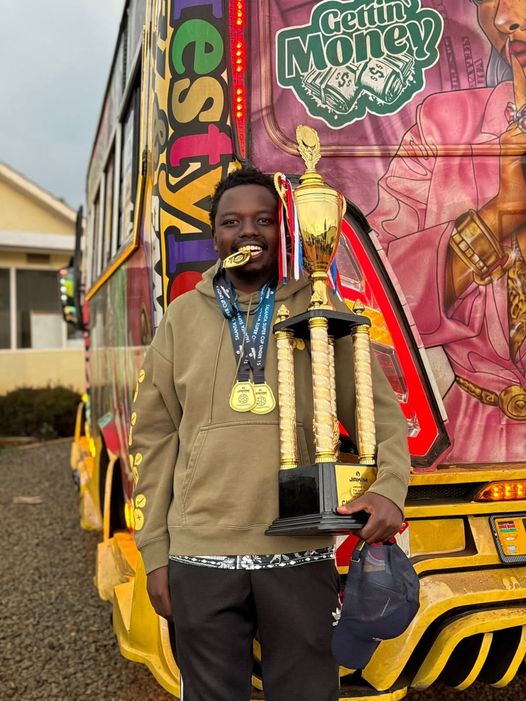
As Kenyans continue to wrestle with tough economic realities, George Ruto’s glittering matatu invites a complex question: In a land of struggle, what does a Sh14 million ride truly mean?
George Ruto’s Flashy New Matatu ‘Mood’ Sparks Public Outcry and Youthful Admiration- A Symbol of Innovation or Wasteful Extravagance?
President William Ruto’s son, George Ruto, has once again taken Nairobi by storm—this time with a jaw-dropping matatu christened Mood, a Sh14 million masterpiece that has ignited both praise and protest across the country.
To some, Mood is a bold symbol of youth-driven innovation—fitted with DJ decks, 65-inch screens, luxury bucket seats, and solar panels, it redefines the matatu experience and inspires a new wave of creative entrepreneurship.
On the streets and online, excited youth hail George as a trendsetter who is breathing new life into a once-neglected industry.
But not everyone is cheering!
A storm of public outcry has erupted, with many questioning how the son of the country’s top leader can afford such extravagance at a time when ordinary Kenyans are struggling under the weight of high taxes, unemployment, and deepening inequality.
Whispers of misused privilege have grown louder, with critics asking: Is this truly personal investment—or a flamboyant display built on the back of public power and shadowed access to state resources?
In a country where thousands of youths remain jobless, Mood has become more than just a matatu. It is a mirror reflecting two sharply divided Kenyas—one cruising in custom leather seats, the other walking home in despair.
Is George Ruto creating jobs or flaunting wealth? Is Mood an engine of opportunity or a tone-deaf display in the face of national hardship?
As the matatu rolls out onto Nairobi’s streets, it carries more than music and lights—it carries a conversation the nation cannot ignore.
